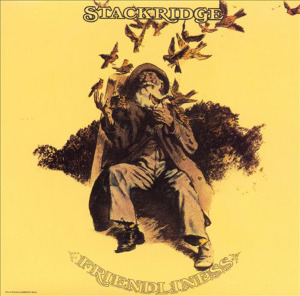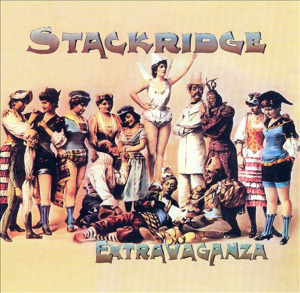
Martin Lancelot Barre is one of the unsung heroes of Rock and Roll. As Tony Iommi’s replacement in Jethro Tull, he created and played some of the most recognizable riffs in the history of the electric guitar. I mean, who hasn’t marveled at the power of his opening salvo to “Aqualung” or the monstrous crunch of his work on “Locomotive Breath?” And, who can forget the epic, bone-crushing CREST OF A KNAVE, which won the first Grammy awarded for Heavy Metal Album? Standing stage left with Jethro Tull for more than 43 years, Mister Barre was Ian Anderson’s “left-hand man” and so much more. As Anderson was moving more toward a solo career in the early ‘90s, Martin branched out as well, finally having the chance to display his songwriting prowess on such albums as A SUMMER BAND (1993), STAGE LEFT (2003), and BACK TO STEEL (2014), alongside several live albums.

Now, Martin Barre is bringing the music of Jethro Tull – AQUALUNG in particular – to the magnificent, intimate Wildey Theatre in Edwardsville for two nights, January 21 and 22. This year marks the fiftieth anniversary of Tull’s most well-known, most successful album (AQUALUNG, if you weren’t paying attention; actually, the record was released in 1971 but, you know… lockdowns and pandemics and such) and, since no one else was taking advantage of such an event, Martin and his band decided that they would. And, they aren’t coming alone… original Tull drummer Clive Bunker is appearing on (at least) the Midwest leg of the tour; keyboardist Dee Palmer, who was an integral part (as David Palmer) of the Tull machine for many years as an arranger, conductor and writer before having an actual “player” credit on SONGS FROM THE WOODS, has opted out of this tour due to health concerns amid the ongoing COVID scare. Martin declares that he and his group (vocalist Dan Crisp, bassist Alan Thomson and drummer Darby Todd) are more than up for the challenges presented by Ms Palmer’s absence. Clive, Dee and the Martin Barre Band can be heard (and seen) in all their glory on the latest release, a DVD called LIVE AT THE WILDEY, recorded during their 2019 tour. As far as other surprises this time around, Martin promised this writer – over a cup of tea and a telephone call – “Oh, there’s definitely surprises. Well, let me think… one, two, three, four… certainly four pieces of music that we’ve never played before. We swap it around… I mean, I always love throwing in something that’s really left of center. I really enjoy people being in shock.” It sounds like a great night of Rock and Roll,with plenty of Tull and an ample sampling of tunes from the Martin Barre Band, to boot!

















































